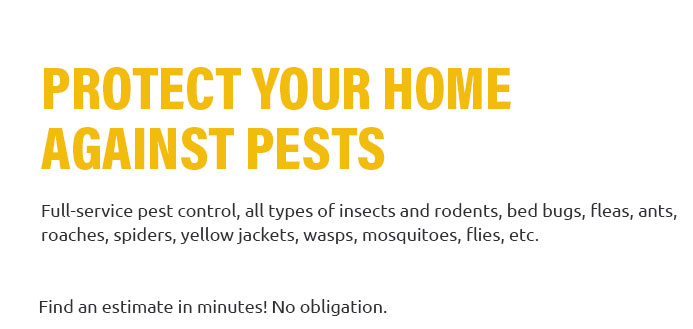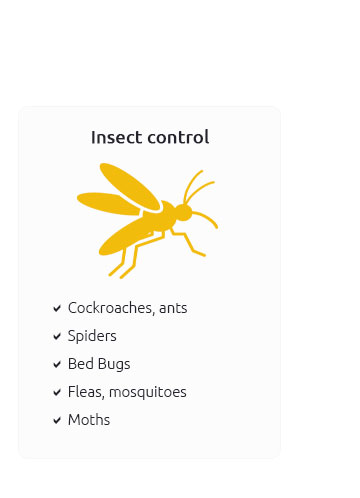 |
|
||||||
 |
 |
 |
 |
 |
 |
 |
 |
 |
 |
 |
 |
 |
|
Say goodbye to unwanted invaders with our top-tier pest control service, featuring the ultimate carpenter ant killer that's as relentless as it is effective; we understand that when it comes to protecting your home, you need more than just a quick fix-you need a robust solution that keeps these destructive pests at bay for good; our team of experts is armed with cutting-edge techniques and eco-friendly products to ensure your home is a sanctuary, not a battleground; trust us to deliver results that go beyond the surface, because peace of mind is priceless and your home deserves nothing less.
https://pestcontrolsupplies.com/shop-by-pest-2/general-household-pests-3/carpenter-ants/?srsltid=AfmBOoqfd2ch4ACt5Ln-lVDJf5WOdTt3AmwKGI-M6RHTeqXJIzBb_iyb
Best Sellers for Carpenter Ants ; Spray Concentrates. Alpine WSG Water Soluble Granule Insecticide - 29.95 ; Ant Baits. Advance Carpenter Ant Bait - 36.95 ; Aerosols ... https://www.terro.com/store/crawling-insects/carpenter-ants?srsltid=AfmBOor9CLc3Nm-oC2c9WwHkwjUYtjURCXczBpojujqVaU9HYfr3YvG0
TERRO's carpenter ant control includes baits, killers, sprays, & traps. It is ideal as a crack & crevice treatment, in crawl spaces, & on ant hills ... https://www.amazon.com/Harris-Carpenter-Termite-Control-Treatment/dp/B08VFBXJGF
Harris Carpenter Ant Killer (128oz). Harris Carpenter Ant & Termite Control kills carpenter ants and termites in indoor and outdoor settings. This ready to use ...
|



